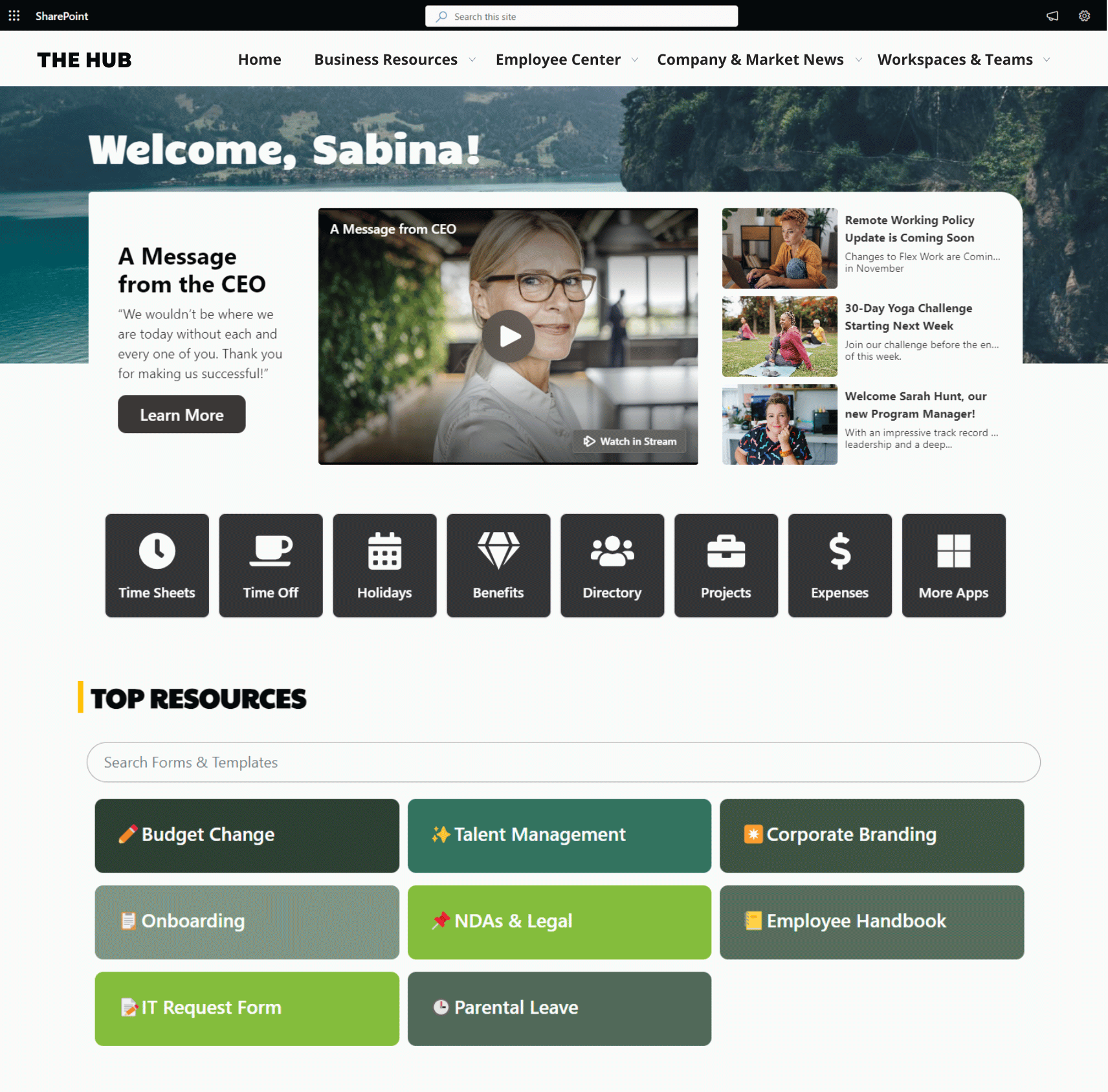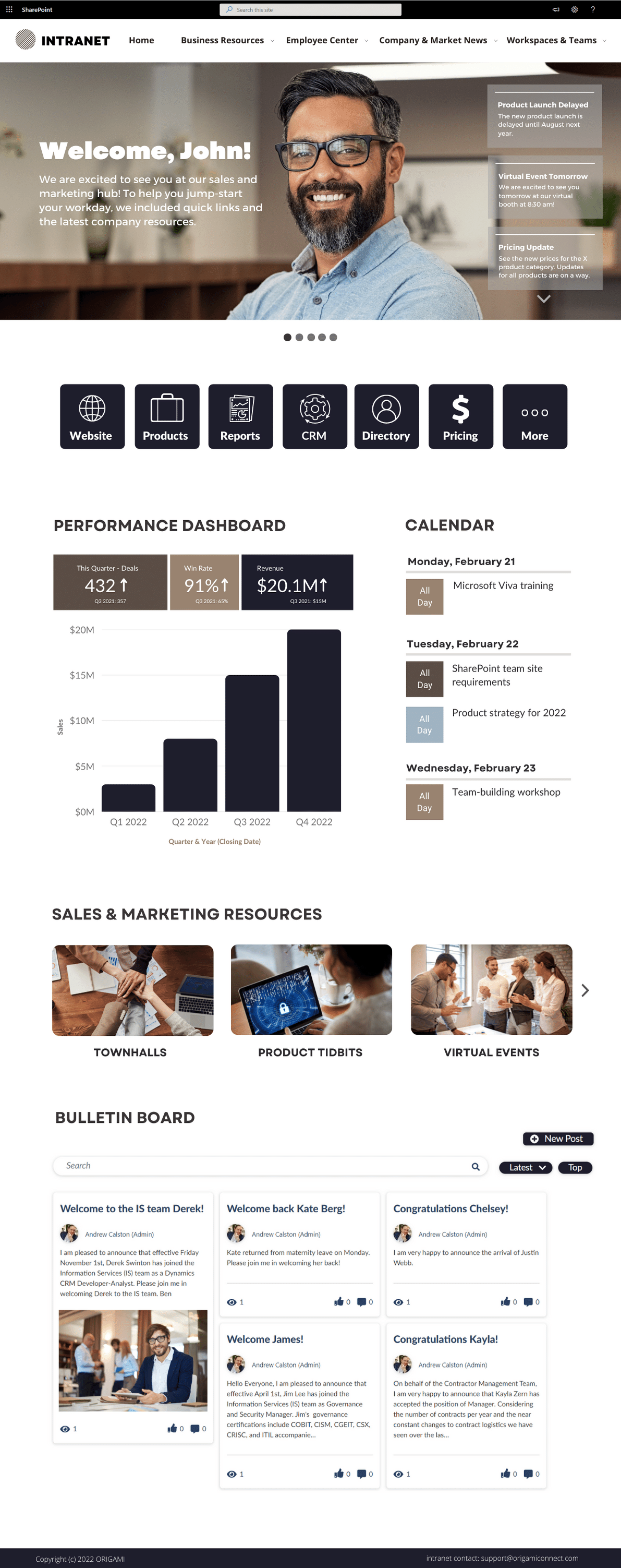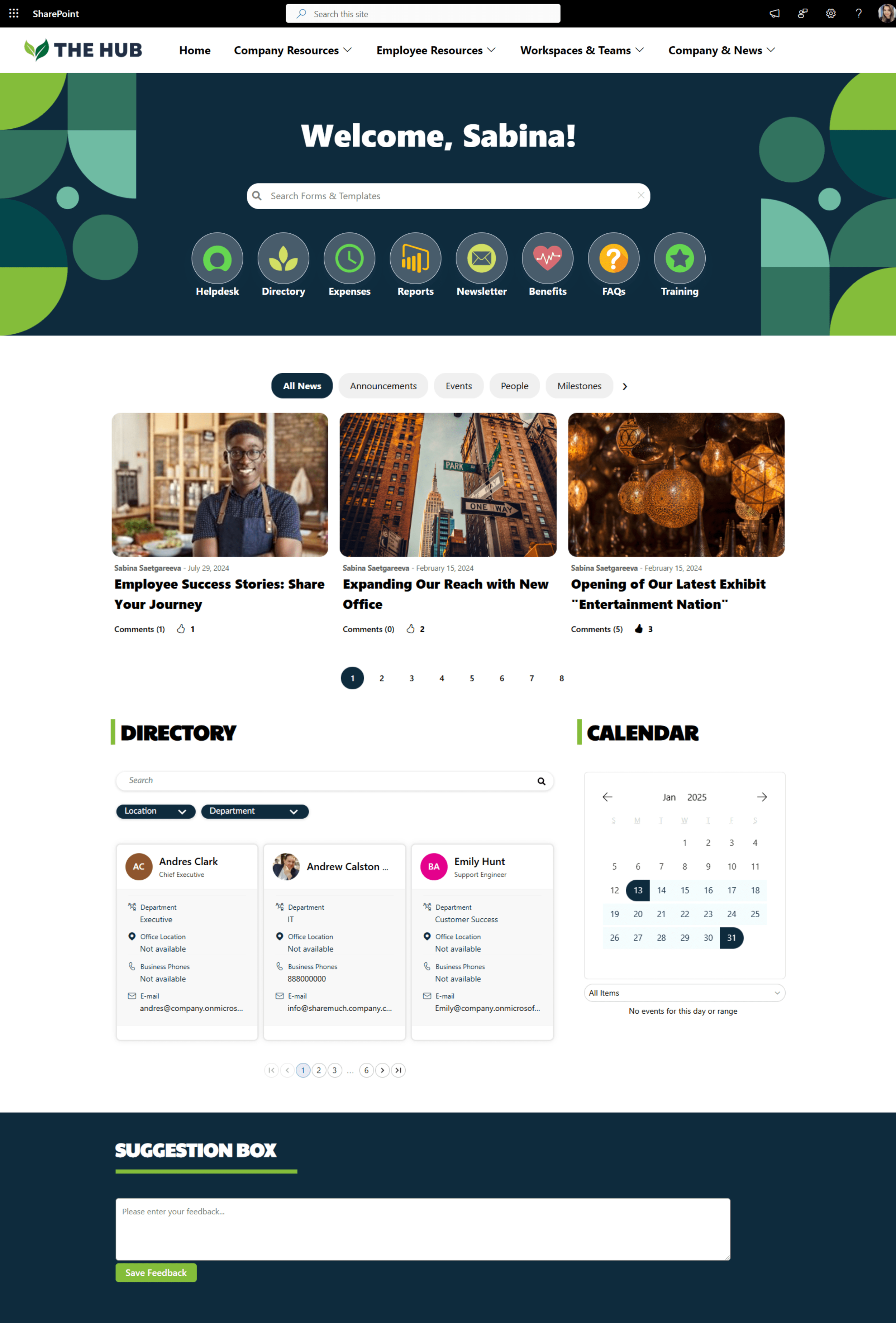Recently, I had a pleasure to stop and have a chat with Joe Francis from GSK and Lesley Crook from Perspicuity. They've been able to share something that you can't find out just by reading a book. They've successfully created and continue to manage huge network of over 100K of internal Yammer users. Naturally, the topic caught my attention since many organizations struggle to manage much smaller internal networks.
Here are some of the most valuable bits of our conversation, for more check out the full video
[Yaroslav Pentsarskyy]
How did you come across Yammer as a tool? Did you have to "sell" it?
[Joe Francis]
It was actually an eight-year journey for GlaxoSmithKline - to get to where we are now. Yammer started originally as a disruptive computing experiment. We had students and interns that were challenged to come up with a new way of collaborating and working together and they fell upon Yammer and from those humble beginnings is how we started. Initially we worked through a lot of viral growth and then there was a lot of uptake. IT decided look at this as something that is going to work and decided to put some effort behind it. We partnered with our with our friends in communications and began making it a real thing.
[Yaroslav Pentsarskyy]
Was there a resistance to this new tool and how did you overcome it?
[Joe Francis]
There are absolutely those that get it a 100% and it doesn't matter what part of the organization they are. There are definitely those who don't and have to be
convinced. There's definitely a paradigm: the green dots, the yellow dots, and the red dots. The red dots being the ones that are hardest to convince, the green dots get it automatically and the yellows can be convinced. The challenge is to get those yellows over to green and once you're there, come back and work on the reds and we definitely had to do a bit of that.
[Yaroslav Pentsarskyy]
What are some of the top tips turning those yellows into greens and those red ones into yellows?
[Joe Francis]
It's really all about finding a bit of business fit justification. Putting it out there is not going to
bring most people in, so if you can find out what the pain points are within a group or an organization it helps.
[Leslie Crook]
Doing a yam jam campaign around certain event is one of the ways [...] it's a 24 hour activity on the network in a probably a specific group where you gather together subject matter experts from the company [for example] people from the analyst team in finance, social media, corporate communications.
[Joe Francis]
Another example, for leaders, is to wrap it around a big event like senior leader conference bring it in naturally as part of what are the problems we're trying to solve and how can we support this conference how can we go out to employees whilst we're still at the conference get their opinion about what we're talking about at this conference and then bring it back. It's important to use a hashtag around the event for people to immediately recognize it.
[Yaroslav Pentsarskyy]
Can a network like this run on autopilot once set up or do you need someone to constantly keep the fire going?
[Joe Francis]
It can run on autopilot short period of time, but in reality you're only gonna have success if you've got somebody drive it. Whether it's a group or a division or an individual or different company that are helping out. You really have to figure out ways to keep those topics
that are being discussed, keep them live, keep them active and that takes just going out and actively liking post or putting in provocative responses to try to draw people in. Without the engagement it doesn't work so just having it there it can be it can work but it's not really successful.
[Leslie Crook]
Model that I use called six Yammer hats which is based on Edward de Bono's six thinking
hats, describes skills of champions or community managers in a social network, so those are:
"Detective" where you might work in a private group. You might be a surveyor where you're doing polls and asking questions right across the enterprise getting a temperature check
"Astronaut" where you're more of a community manager but you're connecting, sharing, solving and innovating which is Simon Terry MPVs model that I'm quoting there
"Fedora hat" you could be working in communications where you're looking for you
you're on the network but kind of in the background and you're picking up grassroots stories that might be coming from manufacturing or from the labs in R&D and bringing those stories that have been bubbling away back to corporate comms to the editorial team to make proper intranet SharePoint stories
"Tiara" for giving praise. One "like" by a leader is priceless
"Baseball cap" is all about having fun with a purpose and there were many groups that. Example: group around the cycling, group for sustainable transport, photography, pets, baking so it's it's having fun at work
[Yaroslav Pentsarskyy]
Did you feel like you have to do a lot of governance planning?
[Joe Francis]
You'll fail if you don't. One of the biggest things to make you more successful is ensuring that you've got legal, security and risk groups on board with you. They're gonna want to know: are there ways to monitor the content and are we protecting ourselves, are we making sure we don't have data leaks. Having support from the legal team is crucial. You need to have that written as a policy that everybody accepts when they go in and there's general awareness this is how you act.
Leave your comments on what are some of the things you're curious about and we'll try to get an expert insight on the topic








![How to [convince your boss] to send you to SPC18 this year?](https://images.squarespace-cdn.com/content/v1/5c8037c77a1fbd35eda4775c/1554403844547-XP7FDBWNU2Q6YBAFG0V4/photo-1504384764586-bb4cdc1707b0.jpg)











![[How-To]: Auto generate documents from data stored in SharePoint list and send them for signatures with DocuSign](https://images.squarespace-cdn.com/content/v1/5c8037c77a1fbd35eda4775c/1554403591116-R5Y42ZOY8WFRIBIP43J7/photo-1542744095-0d53267d353e.jpg)















